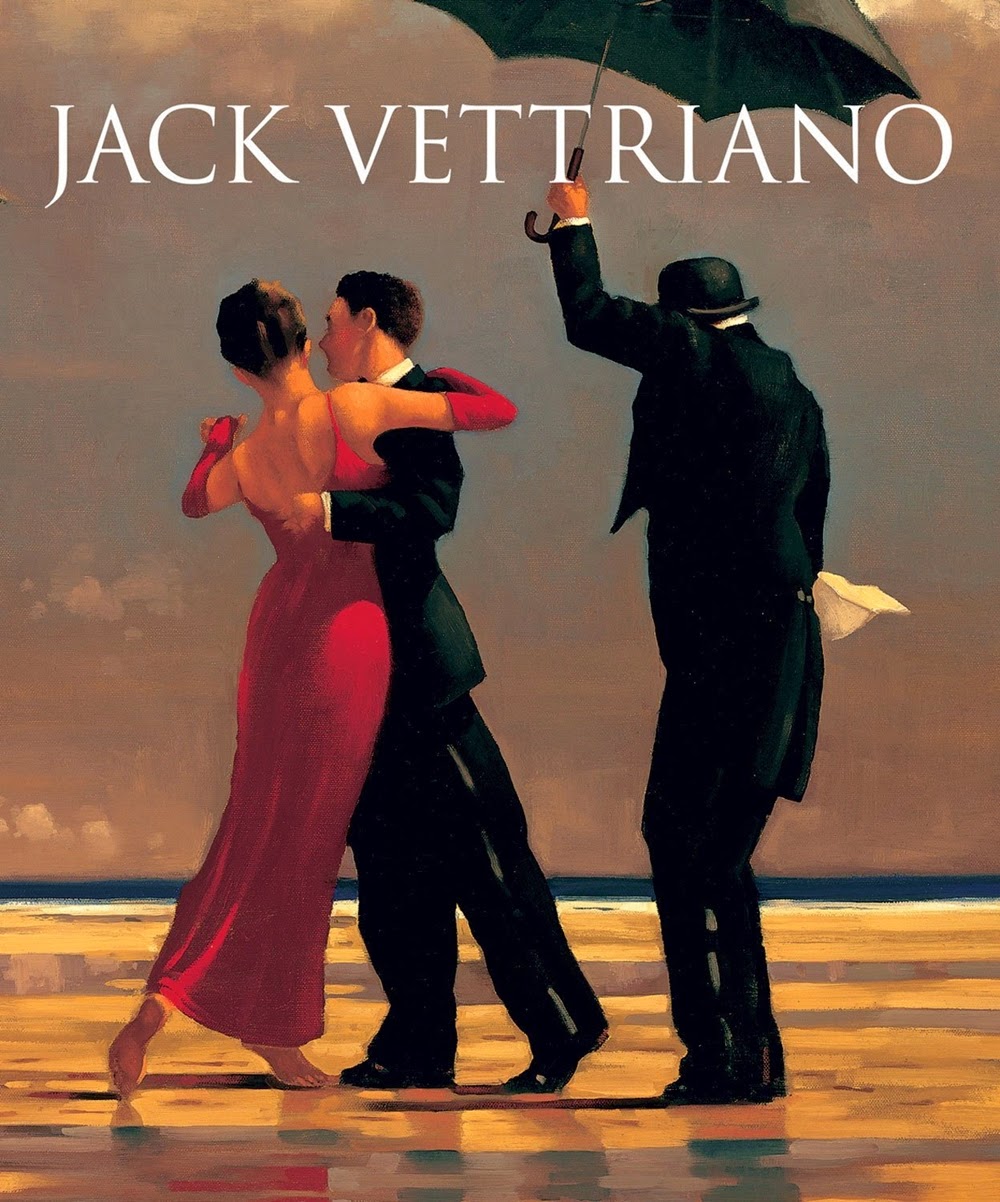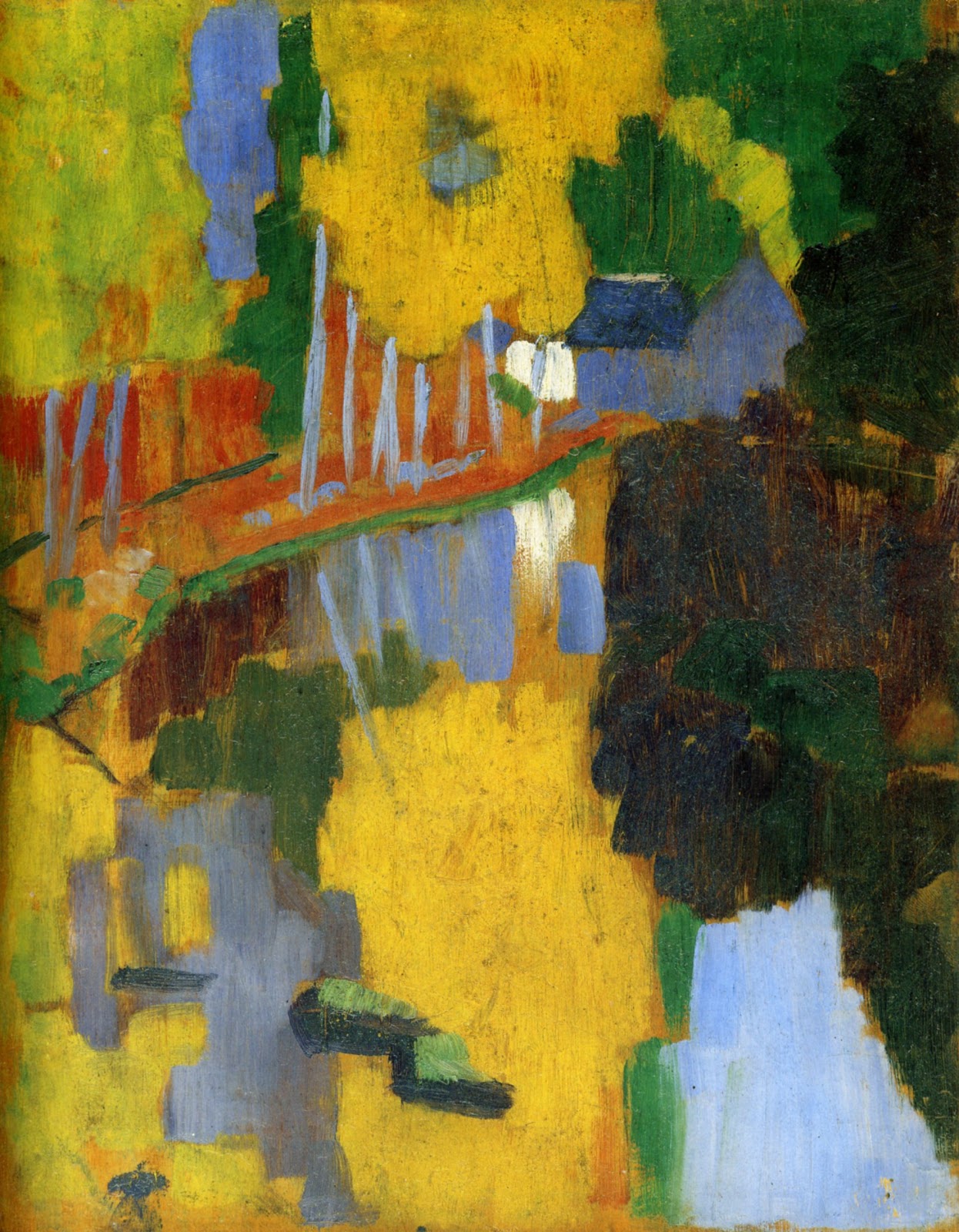The Art of the United Kingdom refers to all forms of visual art in or associated with the United Kingdom since the formation of the Kingdom of Great Britain in 1707 and encompass English art, Scottish art, Welsh art and Irish art, and forms part of Western art history.
During the 18th century Britain began to reclaim the leading place England had played in European art during the Middle Ages, being especially strong in portraiture and landscape art.


.jpg)





